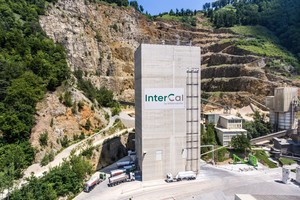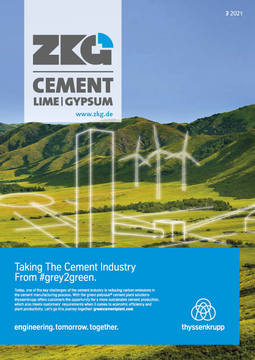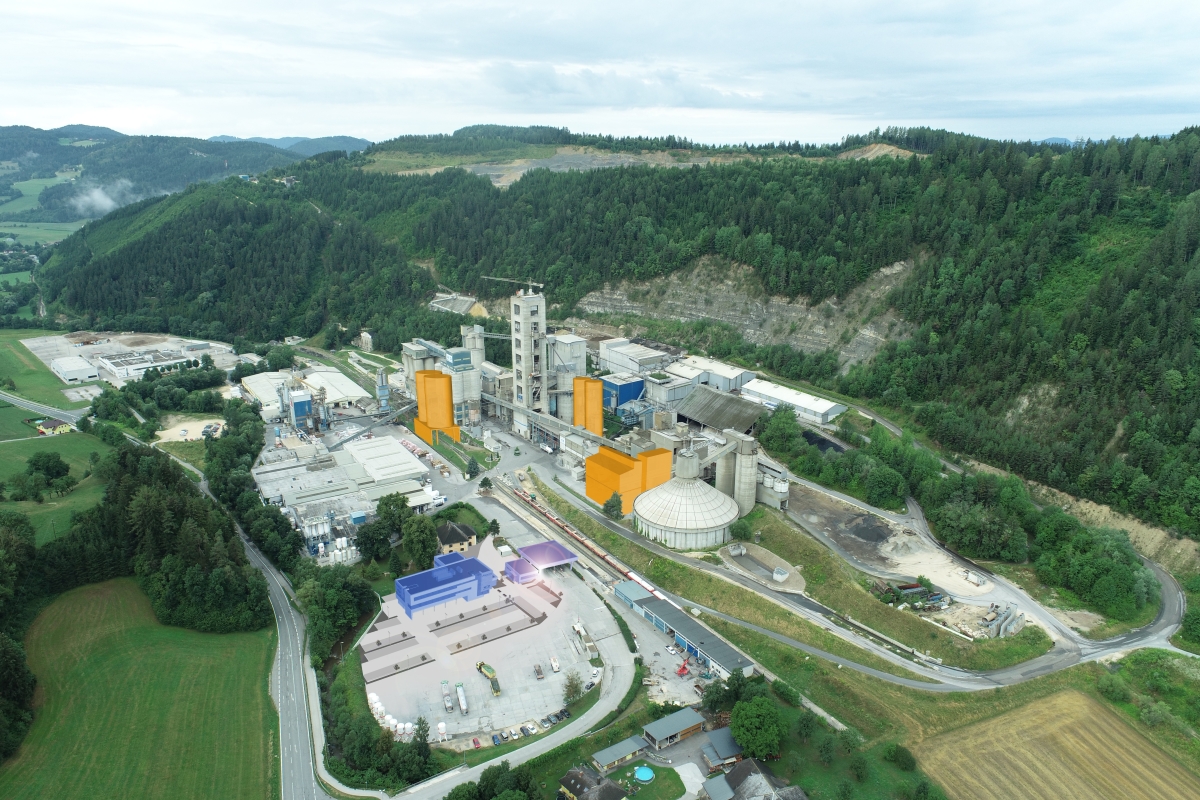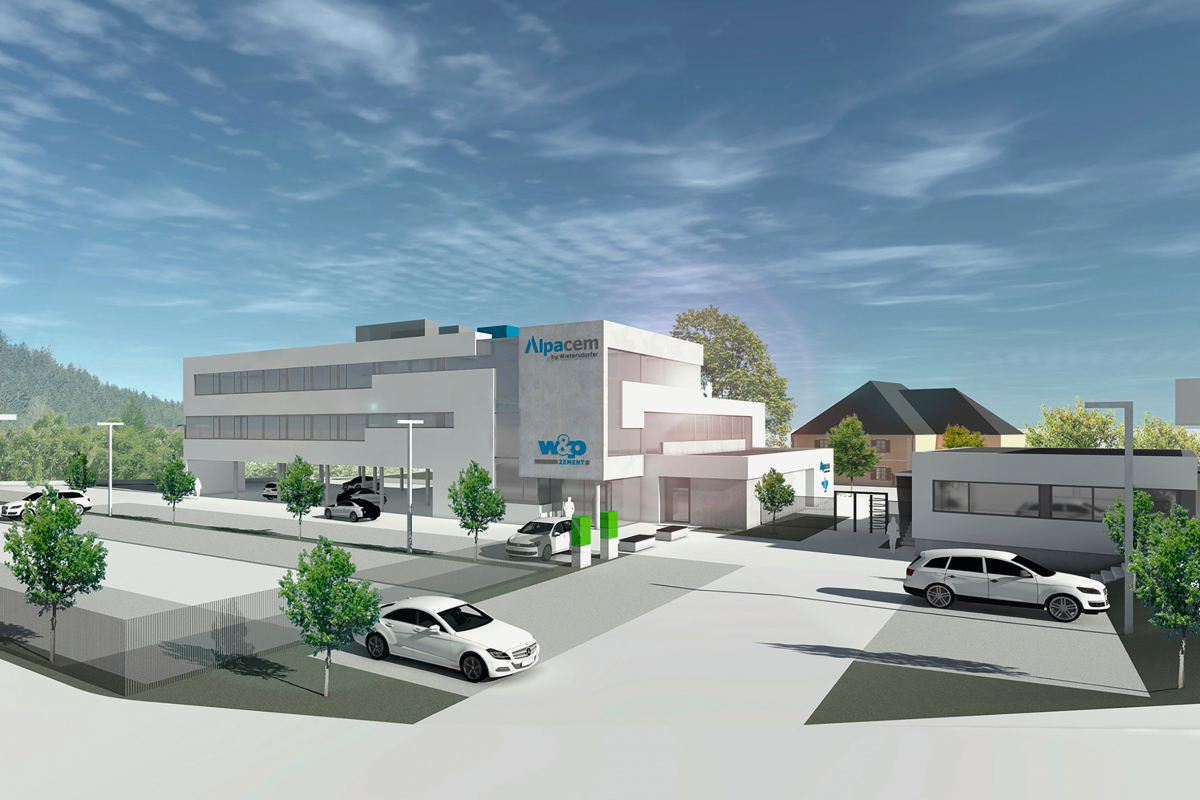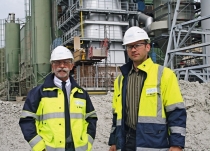Wietersdorfer bundle lime activities under one roof
Since the turn of the year, the lime companies of the Wietersdorfer Group have been operating under the common umbrella brand InterCal. The core competence of the group of companies is the production of high-quality lime products for applications in the steel and chemical industries, agriculture, paper and construction agriculture, as well as in the paper and construction industries. The roots of InterCal go back more than 200 years. The Group’s first lime plant started production in 1804 in Zagorje ob Savi/Slovenia – almost 90 years before the Wietersdorf parent plant in Austria. Today, with 130 employees at five locations in Austria, Slovenia and Croatia, InterCal generates more than € 26 million annually by refining 700000 t of limestone.
“The new umbrella brand enables future-oriented cooperation between the individual sites and thus strengthens our market position from Austria to the Black Sea,” explains Harald Braunecker, InterCal Managing Director for Sales and Marketing. The name “InterCal” thereby links the international market claim of the umbrella brand with calcium carbonate, the most important basic raw material for production. “Thanks to cross-border synergy effects among the individual InterCal companies, we are also able to place an even stronger focus on the topic of sustainable production,” points out Lutz Weber, InterCal Managing Director for Production and Technology, another future-relevant advantage of the umbrella brand.
Synergy effects for sustainable development
Closer cooperation between InterCal’s regionally rooted sites ensures that best-practice examples of sustainable production and mining technology can be rolled out to other sites. At the Peggau site in Austria, for example, drones are now being used in mining operations to ensure more precise and thus resource-efficient mining planning. In addition, a device for blowing in wood dust was added to the lime kiln at the same site in 2019. This reduced the proportion of fossil fuels and sustainably improved the site’s carbon footprint. Implementation of this technology at other sites in Slovenia and Croatia are already underway.

